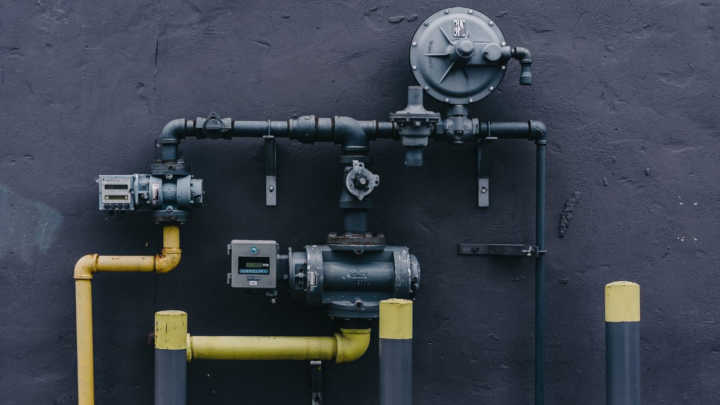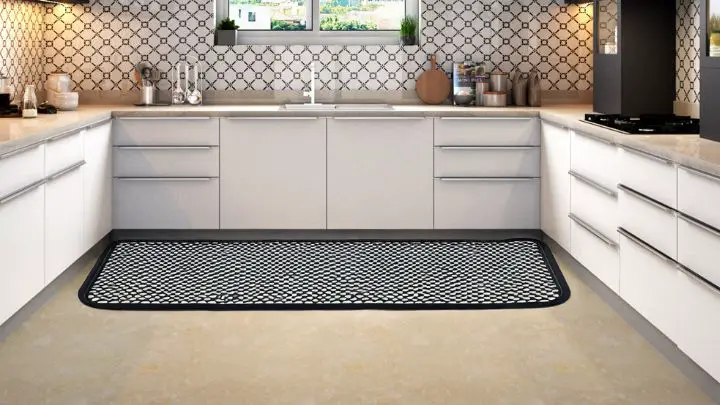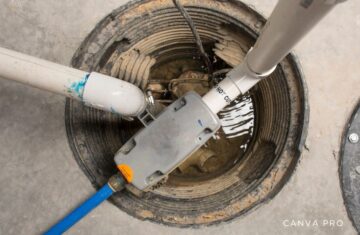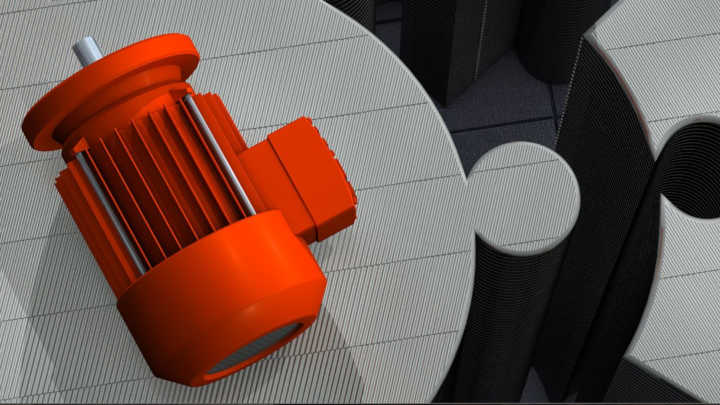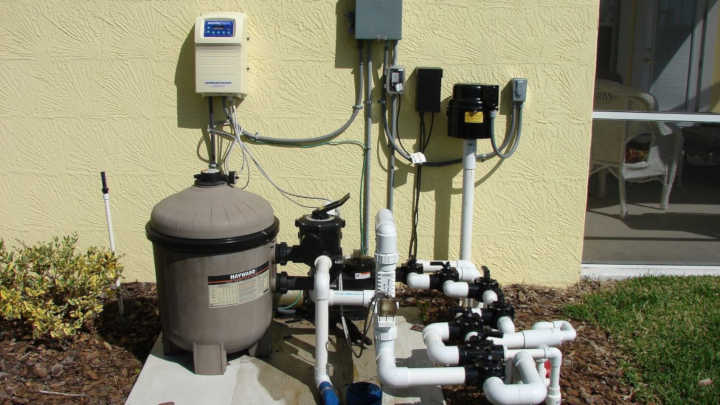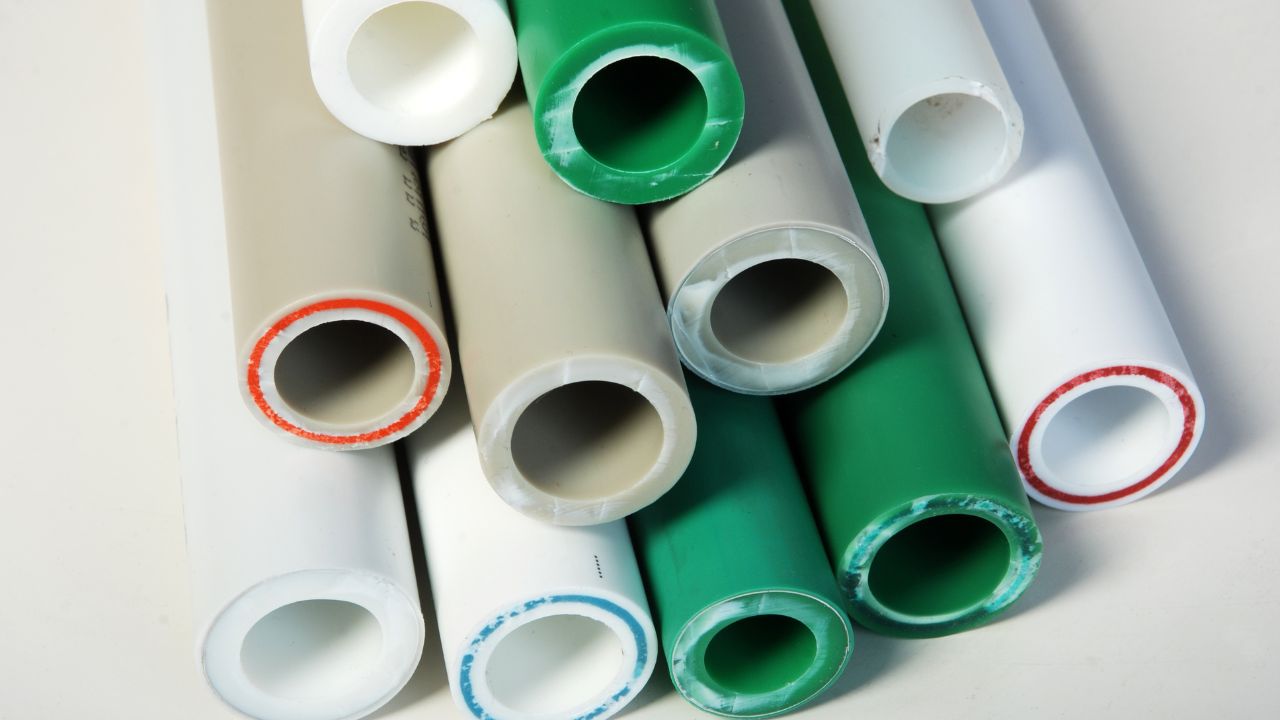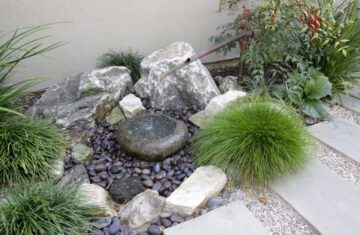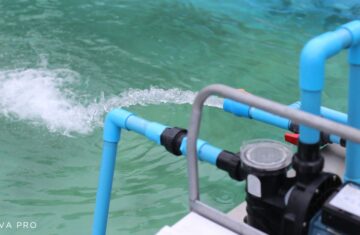So how to glue PVC pipe at home? I will answer it using a few basic steps and using some tools. But you first tell me why you need to glue the pipe. Will it not last long if you do not glue it?
Most plumbers glue the PVC pipes to couple them together. So they remain attached for decades to come. Although you can attach it without any glue, it will work fine. But if you want to extend the life span of the joints, then you should use glue in every joint for better coupling.
Tools and Materials Required for Fittings
Now arrange these tools from your local hardware store or buy them online before gluing them. Then will learn how to glue a PVC pipe.
- Handsaw for cutting the PVC
- Sandpaper for cleaning
- Glue or glue machine
- A scale for measuring
- Cement or primer
- Plastic pipe and fittings
Did you get it all? If yes, then follow the process.
Table of Contents
How to Glue PVC Pipe Fittings Easily at Home
Now do exactly as I say so you do not mess it up. Before gluing the PVC pipe, cut it down using a handsaw as required, clean them off from both sides, prime it, and then glue it. And after that, use a simple cloth on the glue for a better connection, and use it for your plumbing. Here are the steps you should follow for gluing.
1. Measure and Cut the PVC Pipe
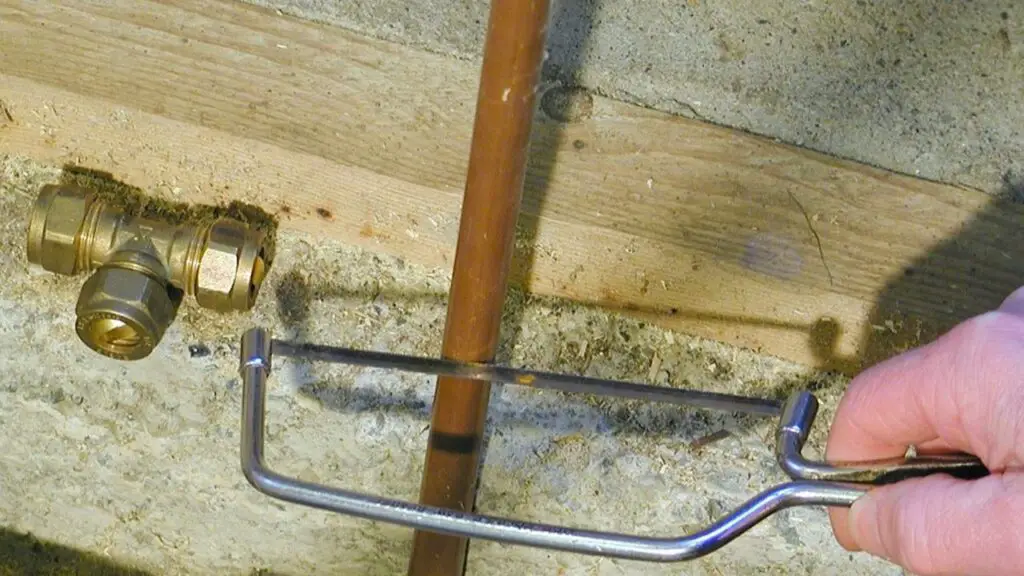
First, measure and cut it as needed. Know clearly that the pipe will be fully attached to the fittings. Measure the distance with a scale, then put a mark on it, and use your handsaw or any PVC pipe cutter to cut it down smoothly. You do not want any problem after you apply the glue to it. So measure and cut it at the beginning.
2. Clean the Inside and Outside of the Pipe
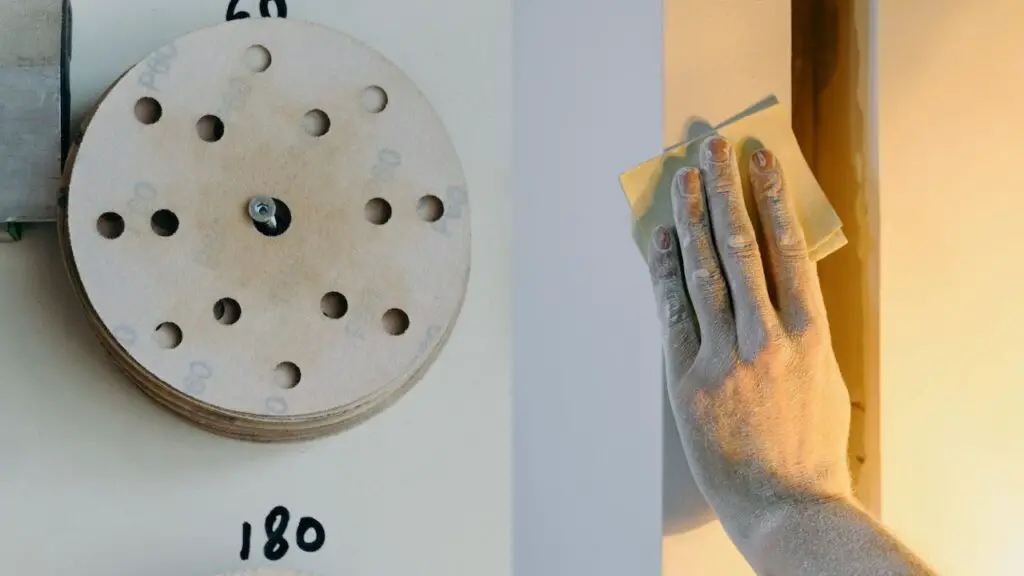
After you cut the pipe down, there will be some dirt or remaining plastic in front of the PVC pipe that needs cleaning. Grab your sandpaper, fold it, put it inside the inner part of the PVC, and rub it until you make it smooth. Do the same things on the outside of the PVC pipe and make it smooth.
3. Dry Fit the PVC for Testing

The next step on how to glue PVC pipe is to test it out. When you feel like you have cleaned it, dry fit it to your plumbing systems and see how it fits. You will notice something in that that may need a fix. You will fix it if it needs more smoothing or a bit more cutting on the edge of the pipe. So do it and be ready to glue it.
The whole idea behind dry fitting is that you must know how the PVC fits another one and whether it will work. You do not want any leaks after you have finalized the work. So test it and see how the PVC fitting goes.
4. Use Some Primer on the Pipe
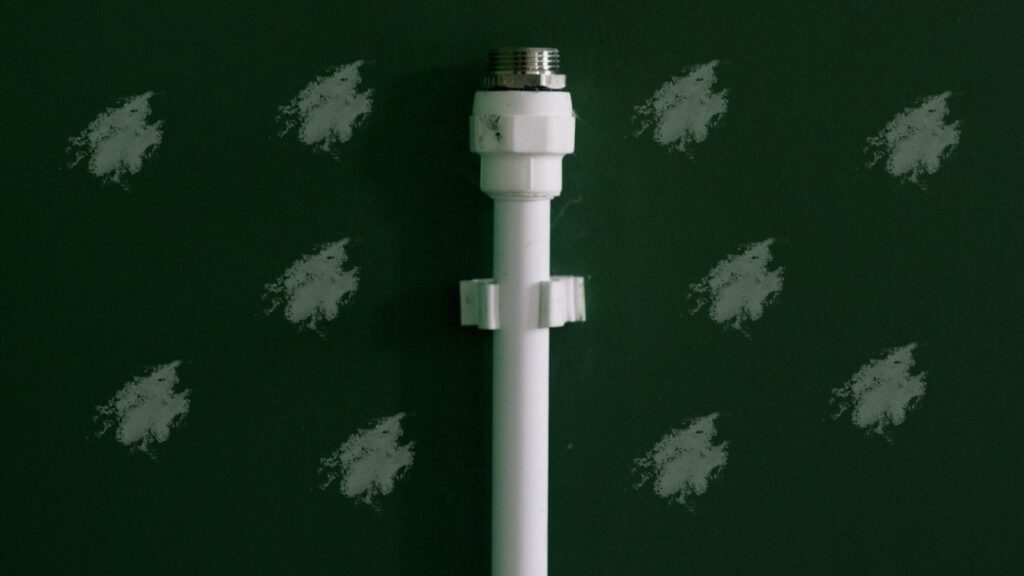
Before you put the actual glue, use a cement primer on the inside and the outside of the other PVC to make the glue work even better. Let it dry for half a few minutes. Then you are good to go with the glue.
But do not apply too much primer as it may come out with your water. Use as little as possible land and continue flue the water after you have sealed to make sure you do not get any more primer or glue with your water.
5. Glue the PVC and Twist It

Now, use the glue by hand or use your glue machine and twist it to attach the pipe to never let it break loose. You can also use a piece of cloth on that glue to make it more secure. That way, your fittings will last for decades.
PVC Pipe Gluing FAQs

What is the best way to apply glue on PVC pipes?
The best way is to use a glue machine or arrange the glue adhesive that plumbers use. But you can use any normal glue if you do not have it.
Can I use regular glue to stick PVC pipes?
Unfortunately NO. Sticking two PVC pipes together required a special adhesive only found in hardware stones. You can use normal glue if you do not have that at the moment.
Can you glue PVC pipe without primer?
Yes, you can use it without applying the primer or cement, but you should not do it. Primer with a thin cloth on the pipe front of the PVC makes the joints strong and prevents any leaks in the junction.
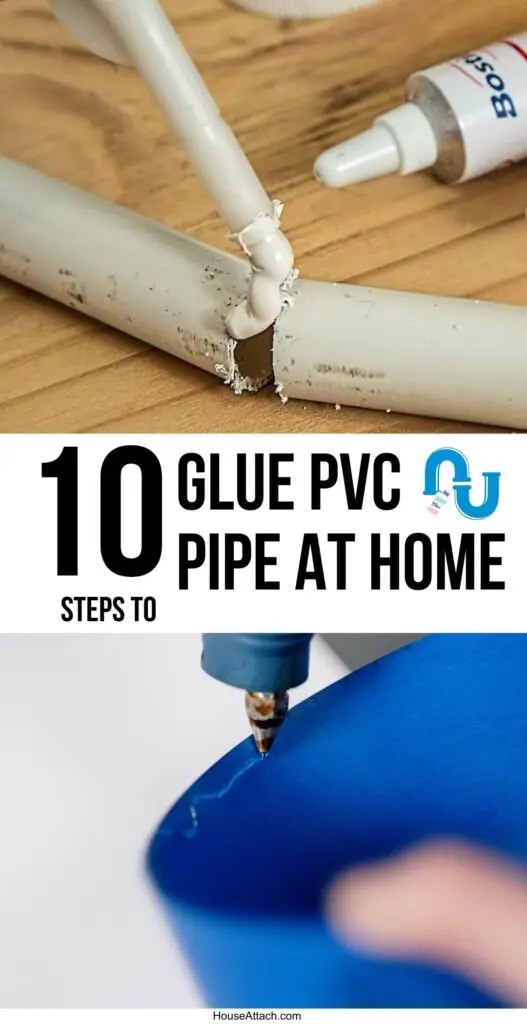
Last Words
If you make any mistakes, which is common for a beginner, do not worry, as you can fix them. Just cut out the glued portion of the PVC pipe using a handsaw and repeat the process. But this time, do it properly.
So this is how to glue PVC pipe at home using a few simple steps. Anyone can do it, but most will get scared and call the plumber. Which is fine, and I do not condemn that, but you can do it yourself if you want to. Okay!
Follow Me on PINTEREST for More Ideas.

